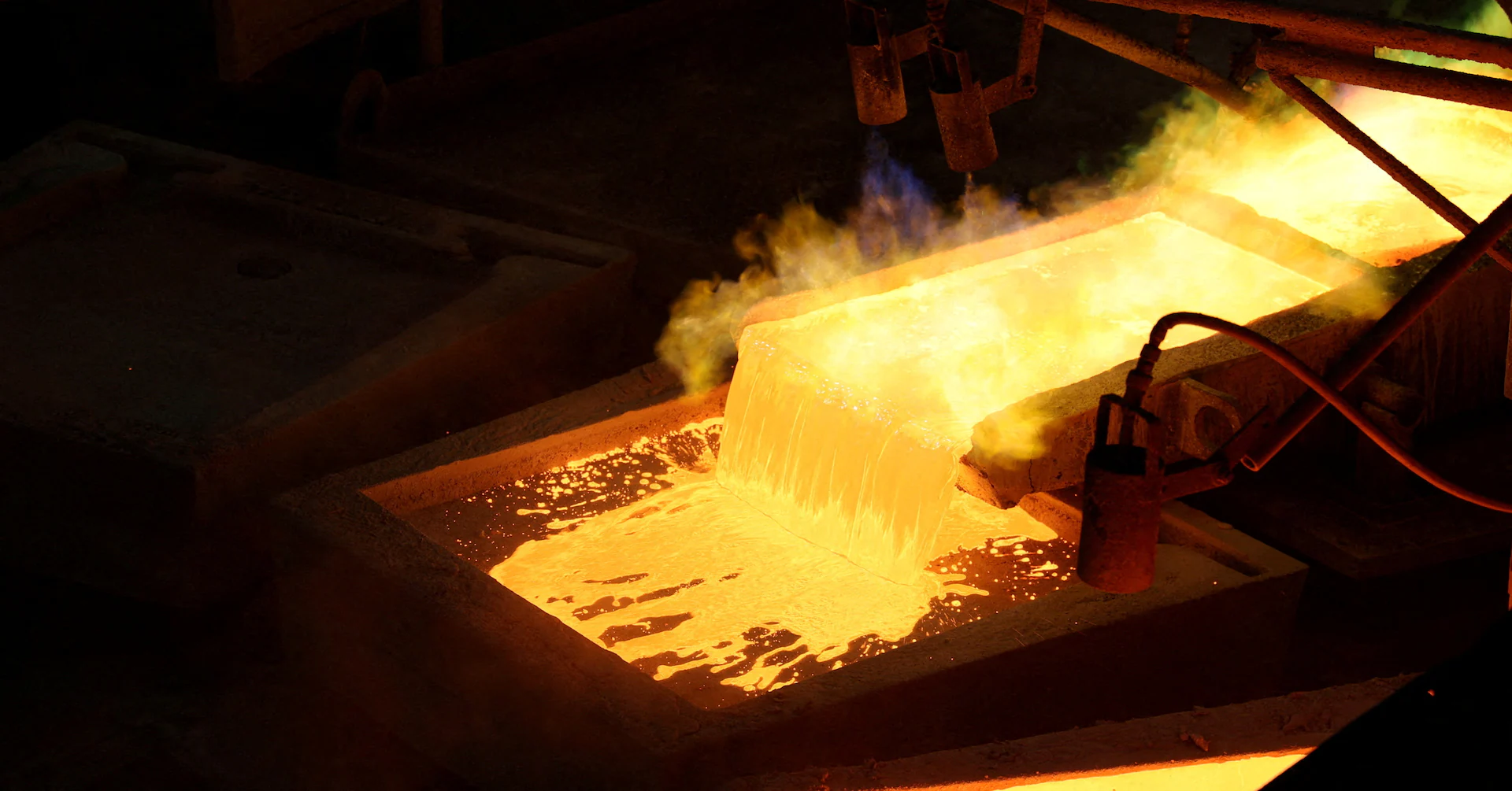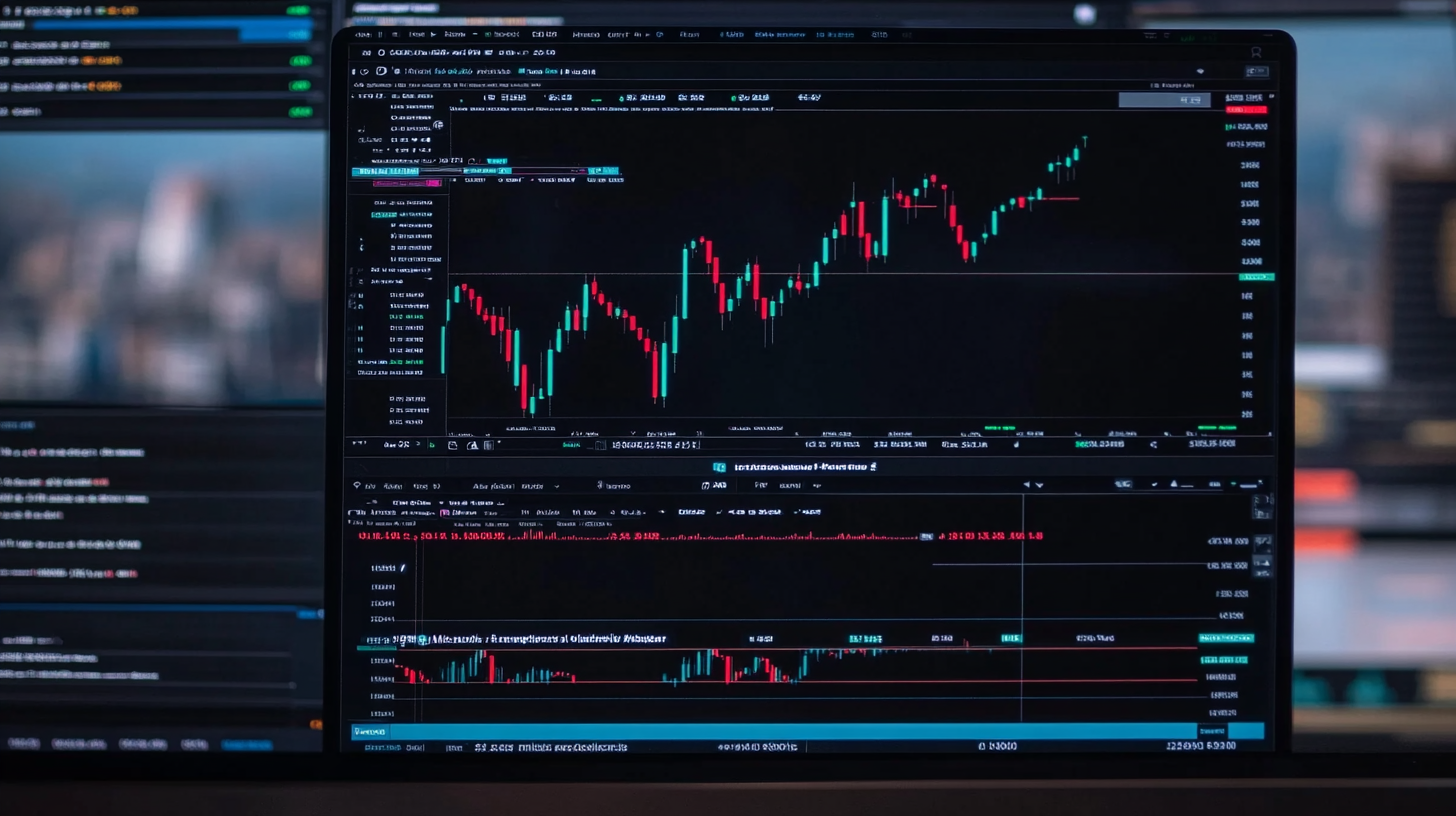
HONG KONG, Sept 18 (Reuters) – Commodities have had a rough decade, but a confluence of structural factors suggests that after years of underinvestment, the stage may be set for the next super cycle.
Commodities super cycles are long, powerful waves driven by major thematic shifts. The 1970s super cycle saw a mix of geopolitical supply shocks and loose monetary policy. The early 2000s super cycle was defined by China’s historic urbanisation boom.
Sign up here.
Today, there are structural factors on both the supply and demand sides of the commodities equation that could catalyze the next boom.
To begin, the supply outlook for commodities overall has a few points of vulnerability that, if tested, could support a bullish long-term outlook.
First, critical resources and the capacity to process them are highly concentrated in just a few jurisdictions.
For instance, S&P Global reports that over 40% of the world’s copper production comes from Chile and Peru. Over 50% of the world’s iron ore is supplied by Australia and Brazil. And Kazakhstan alone accounts for over 40% of global uranium mine supply.
This concentration extends beyond extraction to refining. China refines nearly 90% of the world’s rare earth elements, which are vital for everything from electric vehicles to defence systems. It also refines over 40% of the world’s copper, critical for AI and electrification.
We have already seen examples of countries using their control of commodities supply as geopolitical leverage. China temporarily restricted rare earth exports in 2025 during trade disputes, and the U.S. included long-term Liquified Natural Gas (LNG) purchase commitments in its tariff agreements with the European Union and South Korea.
This trend of weaving energy security and dependency into trade discussions and other geopolitical disputes creates a persistent risk premium that could erupt into severe supply disruptions down the line.
Compounding this is a simple geological reality: the easy, high-grade deposits have likely already been found. Greenfield mining projects can now expect to face declining ore grades, soaring capital costs, and lead times that could exceed a decade.
Years of underinvestment, partly due to shareholder pressure on miners to prioritise dividends over growth, have starved the pipeline of future supply.
INELASTIC DEMAND
Powerful secular trends are also unfolding on the demand side that could be quite bullish for commodity prices over the long run.
The global push for electrification and decarbonisation is profoundly metal-intensive. Copper is the perfect example. While traditional sectors like construction remain important consumers of the base metal, explosive growth looks set to come from electric vehicles, renewable power systems and the vast grid infrastructure needed to support them.
Meanwhile, massive, cash-rich technology companies are investing hundreds of billions of dollars annually in capital expenditures to build out artificial intelligence data centres and related power projects.
For these firms, securing the necessary energy and materials to win the Al race is an existential imperative, making their demand resilient.
Copper is once again a case in point. The International Energy Agency (IEA) calls the metal a “global critical mineral” and estimates that demand based on stated policies and supply from announced projects could lead to a potential shortfall of 30% by 2035.
This doesn’t look like the story of a cyclical shortage, but a structural collision between an inadequate supply base and accelerating demand.
FINANCIAL TAILWIND
Finally, the financial winds seem to be shifting in commodities’ favor.
First, there’s the simple matter of price.
The inflation-adjusted copper price remains 30% below its 2011 peak, while the inflation-adjusted oil price and the overall Bloomberg Commodities Index (which includes energy, industrial and precious metals, and agricultural produce) are 70% below their previous peaks in 2008.
At the same time, investors may need to find a new asset class to reduce portfolio volatility. That’s because inflation is proving sticky in several developed markets – most notably the U.S. – which could limit central banks’ ability to cut rates aggressively when economies weaken.
That means the investors can no longer count on bonds to hedge downside risks to equity prices, leaving traditional balanced portfolios consisting only of equities and bonds vulnerable when investors suddenly seek to shed risk.
Gold has already reasserted itself as a hedge against geopolitical turmoil and monetary debasement, driven by relentless central bank buying and growing retail interest. Perhaps industrial metals and other commodities may soon also be seen as strategic inflation and growth hedges, given the supportive supply-demand outlook.
Yet, despite this potential, investment mandates that allow for direct investments in commodities, let alone dedicated commodity investment mandates, remain a rarity in most institutional portfolios. Many in the investment communities have taken the poor price performance of commodities over the recent decade to be indicative of the future trajectory.
This backward-looking mentality could potentially stem the flow of capital into this area.
FALLING INTO PLACE
Crucially, once a super cycle starts, it takes a lot to put an end to it. This often requires either painful policy measures on the demand side or major technological breakthroughs on the supply side. Think former Federal Reserve Chair Paul Volcker’s rate hikes in the 1980s, the U.S. shale revolution in the 2010s, and China’s property market downturn more recently. That means these cycles can last for a long time.
While properly timing such booms is very challenging, one can note when the underlying conditions for a super cycle appear to be falling into place – and we could be seeing that now.
(The views expressed here are those of Taosha Wang, a portfolio manager and creator of the “Thematically Thinking” newsletter at Fidelity International).
Writing by Taosha Wang; Editing by Anna Szymanski and Lincoln Feast.
Our Standards: The Thomson Reuters Trust Principles., opens new tab
Opinions expressed are those of the author. They do not reflect the views of Reuters News, which, under the Trust Principles, is committed to integrity, independence, and freedom from bias.



